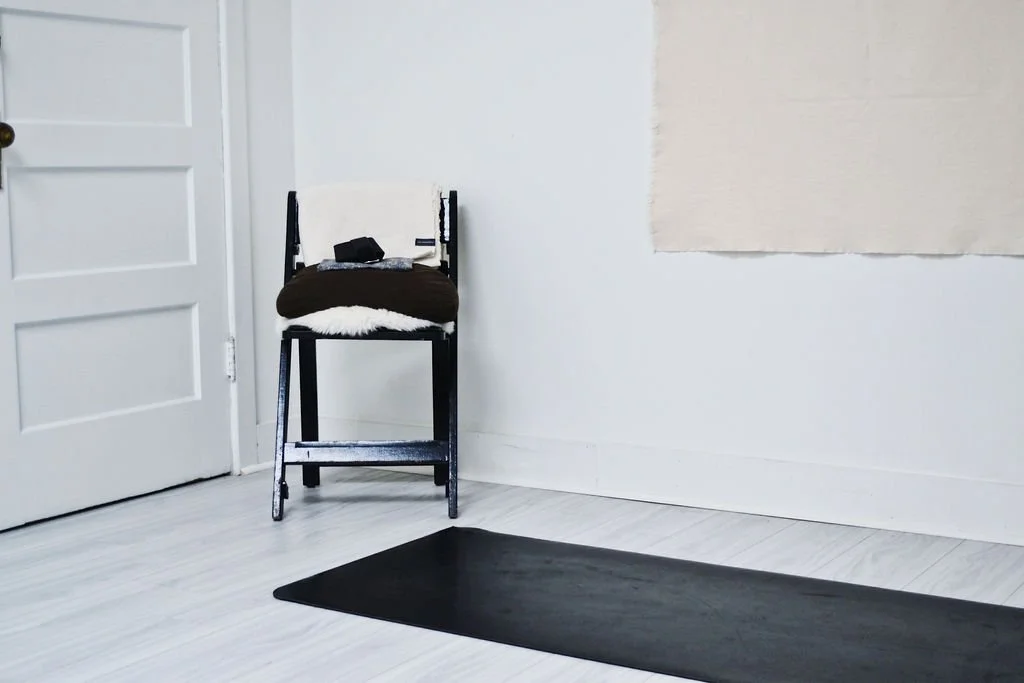The holidays can be a lot even at the best of times. There’s so much social pressure to feel festive, attend events (even as the pandemic rages on), and to make the most out of this time of year. Truthfully, I have really come to love the holidays myself and find that as I get older, the more I seem to really get into the seasonal spirit. On the flip side, I’m chronically ill and if I’m not mindful about how I spend my energy, I can quickly fall into a flare up of symptoms.
This year has been a doozy. I've been navigating both previously- and newly-acquired complex medical issues and coming to terms with the ways my day-to-day life has had to adjust to support a body filled with chronic pain, fatigue, and anxiety (I’m currently writing this with a very foggy brain). I’ve been asking myself lately, how can I enjoy the holidays this year without overdoing it?
Here are some of the things I’m keeping in mind this month. Perhaps they’ll be useful tools for you as well.
1) Honour Your Boundaries - Having strong and clear boundaries around what activities you say yes and no to will help you conserve energy. Even if it’s a plan you agreed to earlier on, if the time comes and you’re not feeling up to it, it’s totally ok to cancel or postpone to another day.
2) Bookend with Rest - Schedule extra down time leading up to AND following an event, appointment, or activity that might be draining. Worst case scenario, you have extra rest time already built in to your schedule. Best case scenario, you have more energy than you planned for and now you have extra time to do what you want!
3 Low-Pressure Activities - Engage in some low-pressure seasonal activities on your own or with some friends. Some suggestions could be a walk around the neighbourhood with a cup of cocoa to look at Christmas lights, spending an afternoon crafting holiday decorations and listening to music, baking your favourite dessert, or having a really cozy movie night (hot toddy optional!)
4) Disengage When Needed - If you’re in the midst of something and fatigue hits or you feel otherwise unwell, it’s totally okay (and probably wise) to bow out early.
5) Appreciate the Small Stuff - Make sure to slow down enough to actually enjoy the things you do this month, even if most of your days are spent at home. Notice the small things you may not often pay attention to. Consider taking a moment of gratitude each day.
Wishing you a safe and comforting December, however you spend it!
xo Katie
